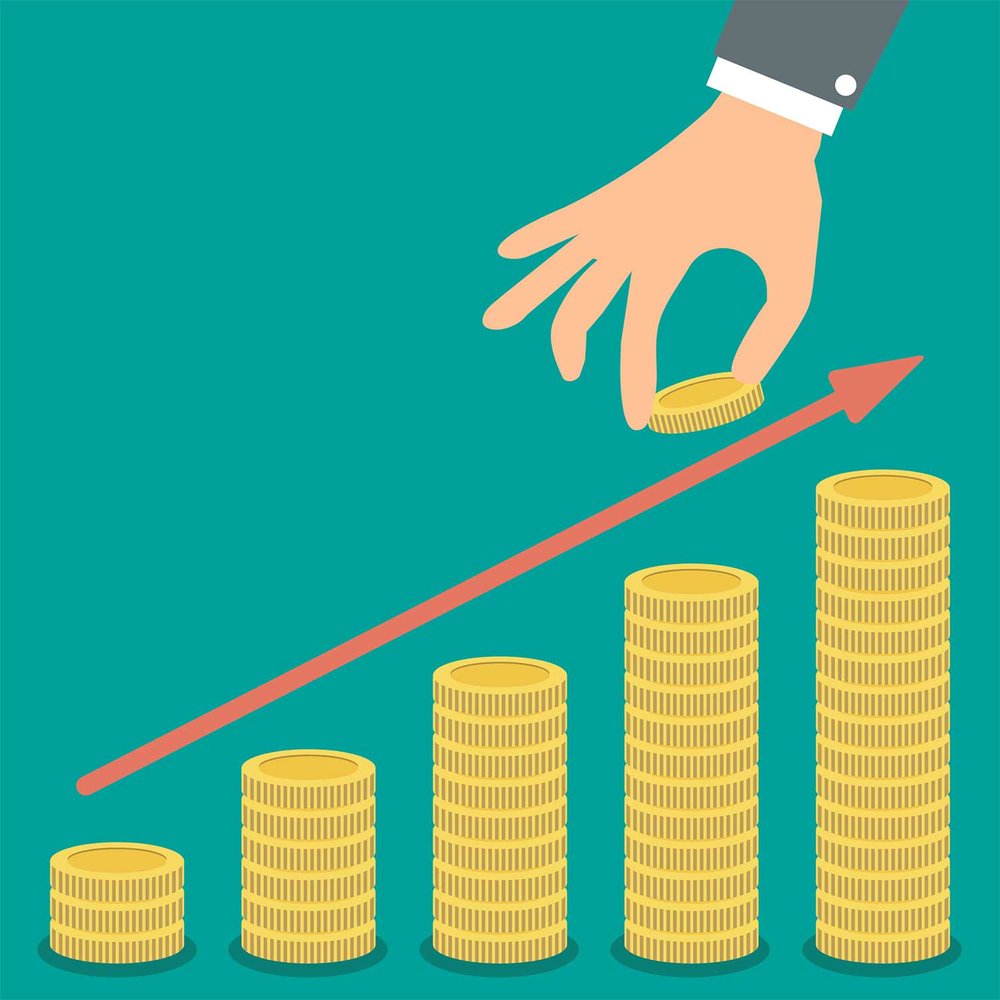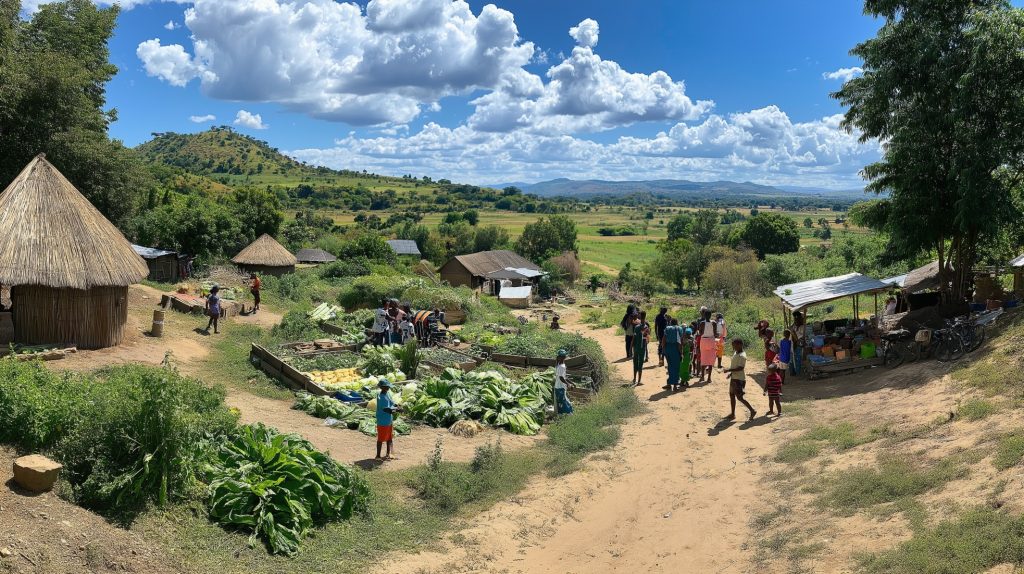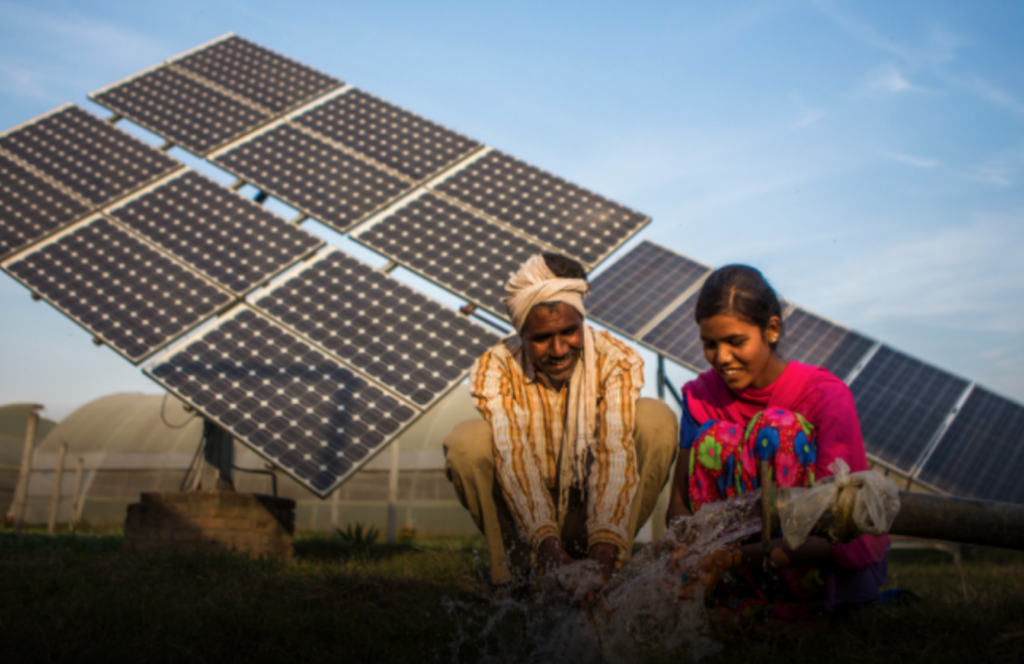

SROI is a way of understanding the change people experience as a consequence of an investment. It is a method of estimating the social and environmental value generated by a given project relative to the investment involved. The “value” is usually represented as a monetary equivalent (US$) of the social and environmental impacts that result from a certain activity. For example, if, as a result of a new road, someone can now access healthcare that was otherwise inaccessible, this can be expressed in monetary terms.
SROI is a ratio between the monetary value of the social and environmental impacts, divided by the total investment that was injected to create it. In the previous example, it will be the total cost of building the road.

SROI can be either positive or negative, to represent positive, or negative social and environmental impacts, respectively. SROI also intentionally excludes financial ROI, so the full ‘return’ of any project would be financial ROI plus SROI.
When correctly applied, a project’s SROI is a useful summary of the size, importance, and direction of impacts on different stakeholders and sub-groups affected by a product or service. This understanding can not only help investors understand the full value of an opportunity, it can also be used to make a business more attuned to the perspectives and priorities of the communities they serve.
The simplicity and comparability of the SROI ratio are very powerful, but it comes with very important caveats. With incorrect application, the process of developing an SROI is easily prone to bias and misuse.
One crucial challenge is to measure and understand the changes that are important to the stakeholders who are experiencing them. This means that you measure what stakeholders themselves think has been impactful, and not what a third party believes – a concept called relative importance. Not only does this give a fair and honest representation of impact, it greatly strengthens decision-making, as described by ‘Social Value International’ (SVI), a global movement that is leading the standardisation of the SROI method:
“By taking relative importance into account we can ensure that the decisions we make focus on what is valuable to people, and through this we can increase the positive and reduce the negative effects of our work, and ultimately increase the overall value of our activities.”
Another challenge is about communicating the results of SROI analysis. The SROI It is a context-specific ratio that is sensitive to changes in geography, scale, and inputs, and can reflect the subjective values of different stakeholders. Moreover, measures of social and environmental impacts are much harder to assess than financial impacts and hence subject to measurement error. Accordingly, a higher SROI doesn’t always mean that one initiative is necessarily “better” than another. Differences in SROI ratios may reflect different judgements, estimates, and assumptions used in the calculations that make direct comparisons invalid and can possibly lead to poor decisions that create harm. Comparisons will, however, be valid when good practices are followed consistently for the same project at different points in time or between similar projects.
Data science tools, such as Natural Language Processing and advanced data visualisations, can make the use of SROI more accurate and easy to use. At Rural Senses, we leverage the following tools to help organisations use SROI analysis.
• Measuring relative importance with NLP. Natural Language Processing (NLP) allows listening to what more people have to say, in less time. This is done by allowing people to speak freely about their experiences and then using pre-trained NLP algorithms to automatically categorise and rank what people really care about. The NLP can be adjusted according to the project’s focus area. The use of NLP saves precious time in the SROI analysis and can allow including more voices in the process.
• Preventing mistakes with automatic data collection. Automatic and semi-automatic tools for data collection enable users to make sure they don’t miss any of the many factors that are crucial for an accurate SROI analysis. These tools promise users of SROI won’t “get lost” in neverending spreadsheets.
• Effective communication with interactive data dashboards. Designated SROI visualisation leads to a transparent and comprehensive communication of the results, as well as the process. Sharing both a ‘high level’ and a ‘deep-dive’ view allows different stakeholders to get the most out of the results, and drive responsible action.

Rural Senses partnered with Energy for Impact and SVT Group to create PRUEISM. PRUEISM is an SROI semi-automatic tool aimed to help users accurately perform SROI analysis for “Productive Use of Energy” Projects.
The toolkit helps the users to understand the impact they create, guiding them to avoid the pitfalls of producing and using the SROI incorrectly. After showing users how to collect input data in the right way, it will suggest to stakeholders: who could be impacted by their initiative, the impacts on those stakeholders, the indicators used to measure those impacts, and then, finally, automatically calculating SROI – all in line with SVI standards. The toolkit will enable companies to:
Rural Senses partnered with the University of Southern California, SVT Group and Amref Health on a USAID-funded project aimed to measure the SROI of Peace Building Projects. It is one of the first attempts of applying SROI methodology on youth-led peace building.
The project, which is planned to scale to additional countries, included careful selection of projects most suitable for SROI, comprehensive stakeholder engagement and rigorous data collection and analysis. During the project new approaches for SROI estimations are tested, to support the development of the methodology. In addition, through this project local youth talents get an opportunity to increase their skills and knowledge in SROI methodology.
The results of the project will cater to the practitioners leading peacebuilding projects, as well as investors and decision makers in the peacebuilding sector.
Case studies from some of our amazing customers who are building faster.


Transform Communities through Data